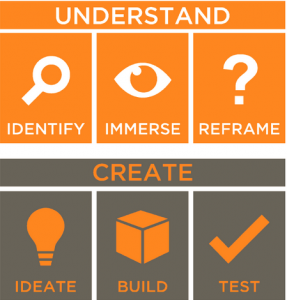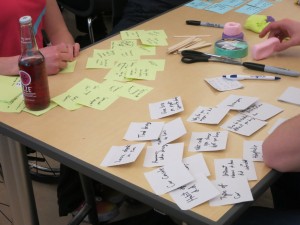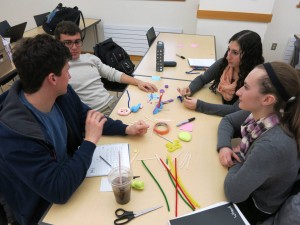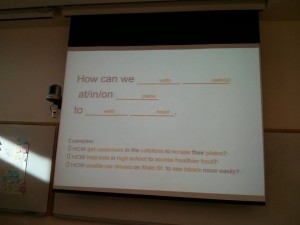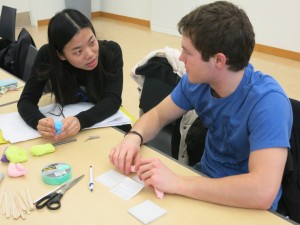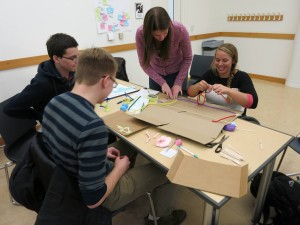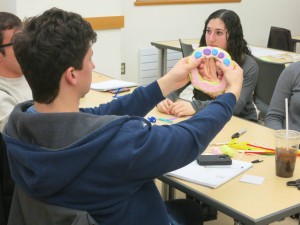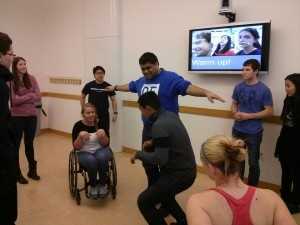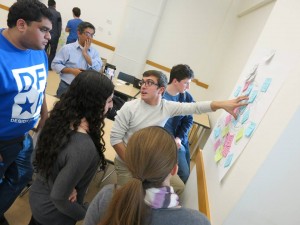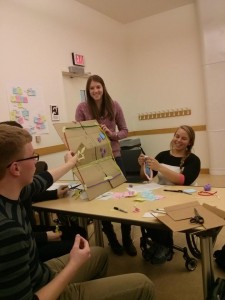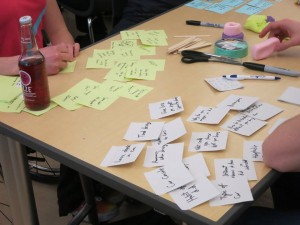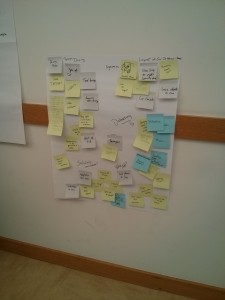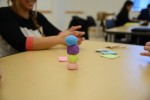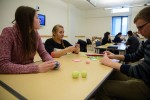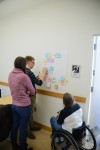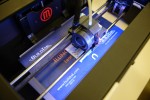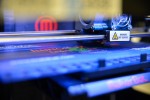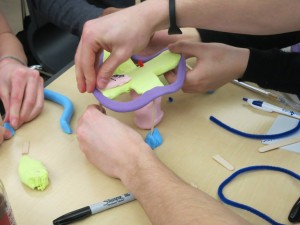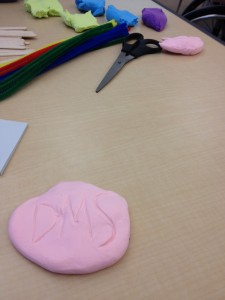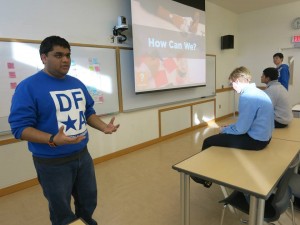
On the class on February 3rd, guest speakers from Design for America came facilitate a workshop for us. Throughout different activities in the workshop, I learned a structured methodology system of design, which serves to help generate and make innovative ideas of design to come true.
The most insightful part of the workshop for me, is that it pointed out to students that design are motivated by making life easier and more convenient. Design is human centered. I realized that although people are usually amazed by the different creative ideas that others come up with, actually, a lot of these “fancy” or “unbelievable” ideas derive from a very simple and practical problem in life. The guest speakers well explained this in class by introducing us the famous “Shopping Cart” case. A group of people, making up of a variety of professionals, are asked to redesign the shopping carts in the mall. Although shopping carts sound like a very common and simple thing in life that seems to be already well -developed enough, when you really delve into it and start to question it, you can always find problems associate with it to improve. In order to find out what were the problems associated with the traditional shopping carts, these people started to gather evidence by surveying different people, consulting people who work with shopping carts everyday, like shoppers, or people work in the mall. They summarized their data gathered and concluded with some major problems existing with shopping carts. Then they started to redesign the cart. The amazing part is that in the process of redesigning, you can really see the advantages of a team with diversity. Different people who are professionals in different fields of study help bring in more resources and ideas. For example, the psychologist in the team proposed ideas about improving the safety level of the baby seats of the shopping cart and the engineers in team proposed ideas of how to construct the cart in a better way. Finally, they came up with a totally new shopping cart, that helps make people’s shopping experience more smooth and satisfied.
From this case, we learned that to come up with the original ideas of designing somethings, we need to identify what problems we are trying to solve first. And to identify these problems, there are several scientific ways to do so, including observation, interviews and surveys. After getting data from these activities, we will synthesize them in visualized ways, like making diagrams to find out relationship, sorting data in clusters, and so on. Throughout this process, we need to brainstorming with ourselves and with the group in order to identify the main problem at last. And finally, we will discuss about potential solutions to the problem and try to make that happen.
To practice this design process, we were asked to work on a case to solve people’s “distracted driving” problem. We first cross-interviewed with each other with 5 questions, where we were focus on trying to find out the potential reasons that make people drive distractedly. After that, we sorted the data collected into clusters and try to make a flow chart to show the “cause and effect” relationship for people’s actions. Then we were able to conclude with some potential major problems. In our group, we concluded that the main problems are communication with phones and the car’s inner design. Because people tend to be distracted while driving because they want to message/call their friends. Also, the car’s inner design leads to problems like water bottles moving around. Therefore, we brainstormed as a group and came up with potential solutions. We suggested that the cars can be redesign and allow drivers to put their phones out of sight, but still able to control the phone on their steering wheel. Also, we suggested that some safe holders should be used in the car to hold items more steadily and safely so they won’t move around.
Throughout this workshop, we learned some basic ideas and methodologies of design in a fun environment, in which we were also given hands-on opportunities to practice them. And for me, the most important thing I learned out of the workshop is that smart and creative ideas actually stemmed from some very simple, practical and basic problems in life, and that innovative and successful designs are designs that help make their users’ life easier.


